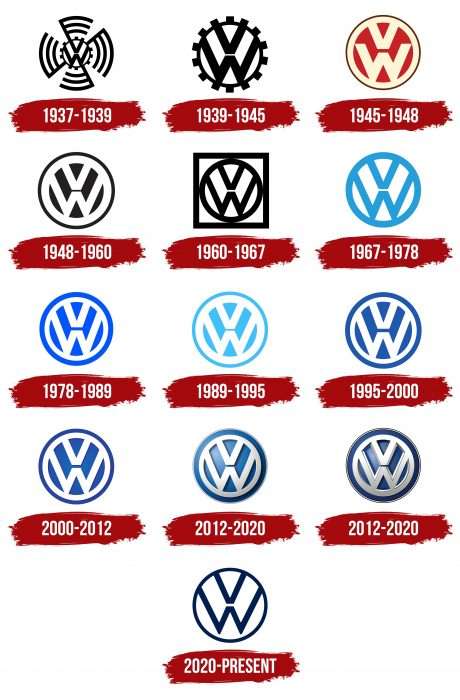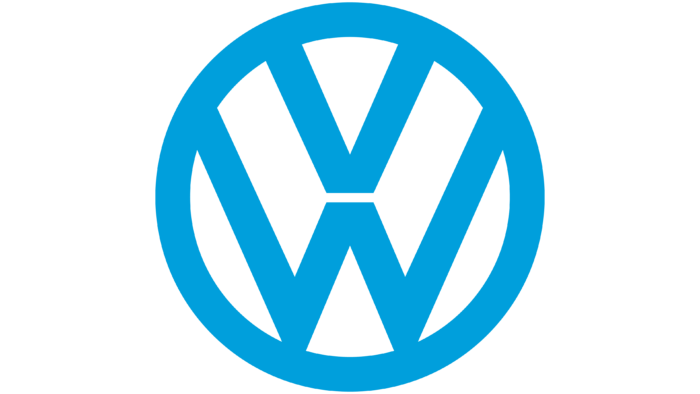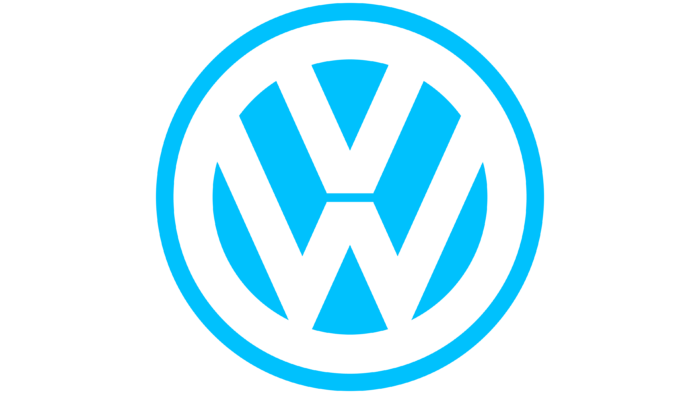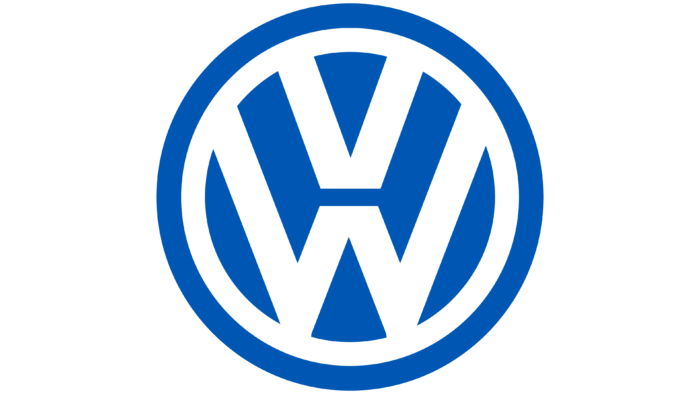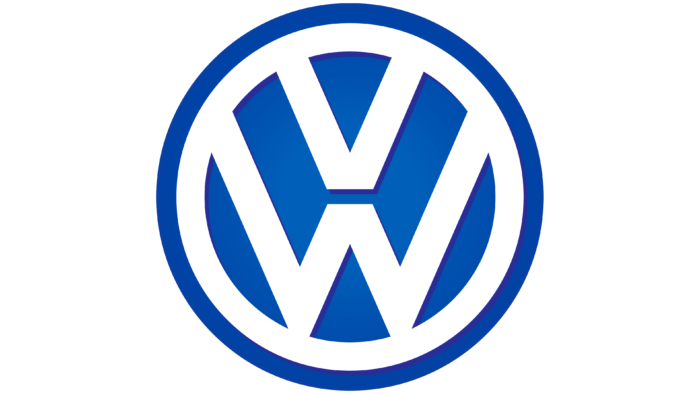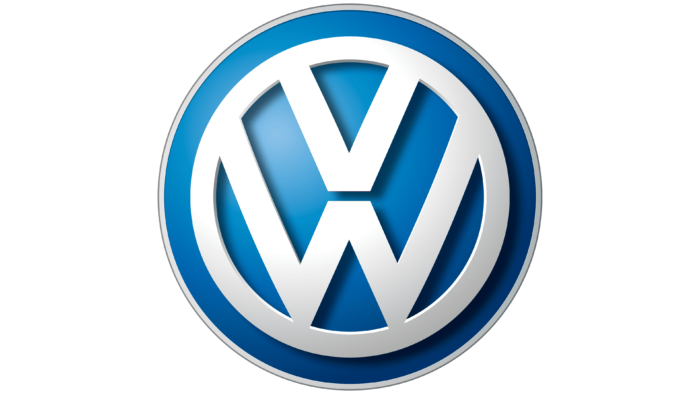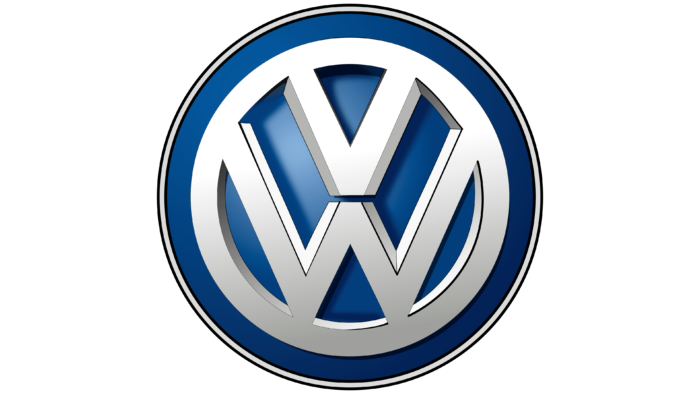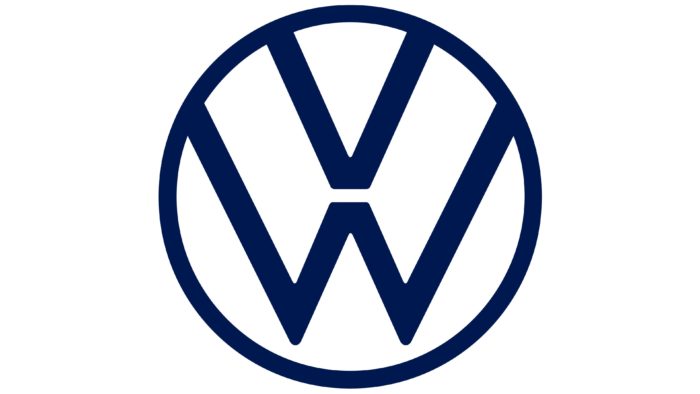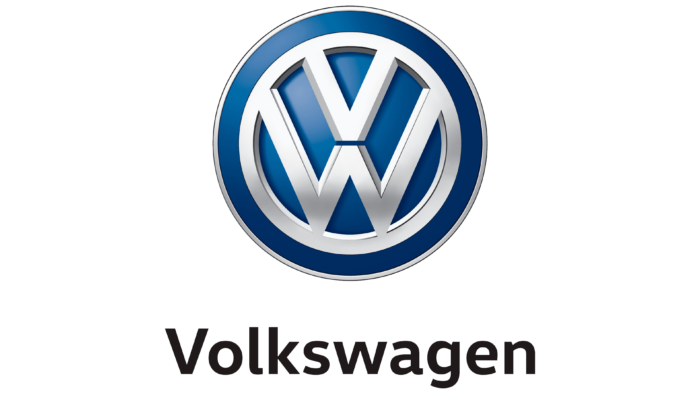The emblem’s sophistication and elegance emphasize the car’s impeccable and concise design. The Volkswagen logo indicates industry leadership, VIP service, and various models.
Volkswagen: Brand overview
Meaning and History
Immediately after its opening, the company received an original name, which consists of two pillars: “volks” (people) and “wagen” (car). Therefore, it means “people’s car” or “people’s car.” The logo is based on the first letters of these words – VW. Moreover, the reduction was taken as the basis for the brand’s emblems, of which he had 13.
What is Volkswagen?
Volkswagen is the brand of the German Volkswagen Group, of which Porsche Automobil Holding SE is one of the owners. The company was founded in 1937 on the orders of Adolf Hitler, who asked Ferdinand Porsche to make an inexpensive car for the Germans. But after the war, the concept was considered unviable because cheap and simple models in Germany were not in demand.
1937 – 1939
The debut version contains several elements that emphasize the political preferences of the founder of the company. The letters “V” and “W” are located one above the other, forming a geometrically correct monogram with straight lines and corners. The initials are placed in a large cogwheel. It is surrounded by silhouettes of flags that resemble wings but are swastika elements. The lines are elongated and grouped around the wheel. In total, four flags with three black half-arcs were used. Engineer Franz Xaver Reimspiess created the first emblem.
1939 – 1945
Before World War II, the German automaker removed everything that looked like a Nazi swastika from the logo. As a result, there are inscriptions in the center and a gear wheel. The logo has become more practical and brutal thanks to a competitive balance, telling about the company’s technical orientation rather than a political concept.
1945 – 1948
After World War II, the company undertook a redesign, transforming the emblem beyond recognition so that nothing would remind of the Nazis. The developers removed the black color and square lugs, so the cogwheel became a beige circle with a dark brown edging strip. The abbreviation was given the same color. The designers connected the upper part of the “V” with the outer circle, and the letter “W,” on the contrary, separated it. They also added a red background.
1948 – 1960
The new logo is a continuation of the old one with some alterations. This was the need for the automotive industry’s growth in Germany, so the logo was retouched. The developers returned it to monochrome, again making it black and white. They also thickened the outer border by connecting the legs of the “W” to the circle and bringing the “V” closer.
1960 – 1967
In 1960, designers squared the emblem and mirrored the colors—everything white turned black and vice versa. Also, the outer edging disappeared, and the lines acquired the same thickness.
1967 – 1978
The only change from this period is related to the color: instead of black, the Volkswagen emblem appeared sky blue.
1978 – 1989
The management redesigned the logo again to meet the progressive requirements. The work resulted in an inversion of colors: the painted elements turned white, and the white ones turned blue. Moreover, the shades’ intensity was increased several times, so a light cobalt version with an edging line appeared.
1989 – 1995
The emblem of that time was a circle with a blue frame and a wide white stripe inside. It was connected with the letters “W” and “V” on a light blue background. It was a color version of 1945.
1995 – 2000
In 1995, Volkswagen returned the 1978 version of the logo. The developers only intensified the color by using dark blue instead of neon.
1999 – 2000
In parallel, another modification of the logo appeared. This one was distinguished by a gradient transition from the middle to the edges. This emblem was used on advertising materials and signs.
2000 – 2012
Designers have added volume to the logo to keep it in line with current trends. In addition to the 3D effect, it has a double edging in a circle in the form of two thin dark lines with a gray stripe in the middle. The blue gradient has been enhanced, and the letters are now silvery.
2012 – 2020
Volkswagen has approved a new logo with shiny metallic lettering. Due to the side stripes, they acquired volume. This version was first used in September 2012 at the Berlin presentation of the Golf Mk7.
2020 – today
After a major rebranding, the automaker updated the emblem, returning to the 1967 version. The designers tweaked it, making the lines thinner and separating the bottom “W” from the circle. They also removed the 3D effect by flattening the logo, as required by the trend towards simplified and minimal signs. First, the logo was launched in Europe, then in Asia, and then in the Americas.
Volkswagen: Interesting Facts
Volkswagen, known for its German engineering and innovative cars, has been a big name in the car industry for over 80 years.
- Beginnings: Volkswagen, which means “people’s car” in German, started in 1937 to make an affordable car for Germans, leading to the famous Volkswagen Beetle.
- The Beetle: With more than 21 million made, the Beetle is one of the top-selling cars ever. Its unique design and reliability made it incredibly popular worldwide, continuing production until 2003 in Mexico.
- Porsche Connection: Ferdinand Porsche, the founder of Porsche, designed the Beetle, influencing many future vehicles and setting design standards that are still respected.
- Top Automaker: Volkswagen Group, its parent company, owns several other brands, such as Audi and Lamborghini, making it one of the largest automakers in the world by sales.
- The Golf: Since its introduction in 1974, it has set new benchmarks for car engineering and performance, moving away from the Beetle’s design to a more modern, front-wheel-drive layout.
- Electric Shift: Volkswagen is moving towards electric vehicles with its ID series to lead electric mobility and sustainable transportation.
- Tech Innovations: The company has developed many automotive technologies, including dual-clutch transmissions and advanced safety systems, keeping it at the forefront of automotive innovation.
- Worldwide Operations: With factories in over 15 countries and sales in more than 150 markets, Volkswagen has a strong international presence that allows it to meet diverse customer needs.
- Diesel Scandal: In 2015, Volkswagen was criticized for cheating on emissions tests with its diesel vehicles, which led to heavy fines and a push towards electric cars.
- Cultural Impact: Beyond cars, Volkswagen has become a cultural symbol, with the Beetle and Microbus representing freedom and adventure, especially in the 1960s.
From its start as an affordable car for the masses to becoming a leading global automaker, Volkswagen’s story is one of innovation, resilience, and cultural influence. As it focuses on electric vehicles and sustainability, Volkswagen’s tradition of innovation continues to shape its path forward.
Font and Colors
Over the years of evolution, the emblem, first of all, moved away from Nazi symbols, which can be seen in early versions. Since 1948, the stage of many years of modernization of the new version began. It lasted until 2020, when Volkswagen management completely simplified the design.
The logo does not contain text —only two letters taken from the abbreviation. The letters are custom sans serif and have thicker lines. The signature palette has many shades of blue, from pastel blue to rich cobalt.
FAQ
What does the VW symbol stand for?
The VW symbol is the famous logo of the German automobile brand. The letters “V” and “W” stand for “Volkswagen,” which is German for “People’s Car.”
The logo has changed over the years. It started with a detailed design reflecting the style of the time. A significant change came in 2000 when it adopted a flat, minimalist design suitable for digital media and branding trends.
Today, the logo is clean and simple, clearly reflecting the brand’s personality. The circular shape with intertwined “V” and “W” symbolizes unity and strength. This design honors its history and works well across multiple platforms.
What color is the Volkswagen logo?
The logo is made in blue and white. The blue background symbolizes excellence, reliability, and class, important brand qualities. The white initials “V” and “W” represent nobility, purity, and charm.
Blue is associated with trust and reliability, making it suitable for a brand known for dependable cars. White details add elegance and simplicity, keeping the logo clean and easily recognizable. This color scheme looks appealing and supports the brand’s message and identity in the automotive industry.
What is the new Volkswagen logo?
The new logo has a simpler and more modern design. It’s now flat and two-dimensional, making it look cleaner. The V and W are still arranged in a circle, maintaining a classic look. The font and circle have a fresh, updated style.
This redesign represents a friendlier and more accessible brand image. The simple design ensures digital visibility and works well across devices and platforms.
What does the Volkswagen logo mean?
The logo features the letters V and W inside a circle. These letters represent the brand name, which comes from two German words: “Volks” (people) and “Wagen” (car). This translates to “people’s car.”
The design is simple and durable. The V is above the W both inside the circle. The circle signifies unity and community, aligning with the brand’s goal of serving everyone. The design is timeless and contemporary, showcasing the brand’s rich history and future goals.
How did Volkswagen get its logo?
The logo received its round shape in 1938. The original design was influenced by the Icelandic magical symbol Ginfaxi and included a swastika. The letters “V” and “W” were in the center. Later, elements associated with the Nazi flag were removed, resulting in a cleaner design.
The logo changes were part of the brand’s effort to move away from its World War II origins. The logo became a timeless and distinctive emblem by focusing on the letters V and W. The round shape and clear letters made the logo recognizable worldwide. The current logo retains classic elements while presenting a modern and inclusive image.
Why did VW change its logo?
In 2020, the brand changed its logo to simplify and more suitable for digital use. The developers removed the 3D effect, resulting in a flat, two-dimensional look. This made the logo clearer and more universal across different digital platforms and devices.
The new design retains the familiar ring and the letters V and W, ensuring a connection to the brand’s history. The move to a flat design reflects the brand’s desire to keep up with modern design trends and improve its digital presence.

